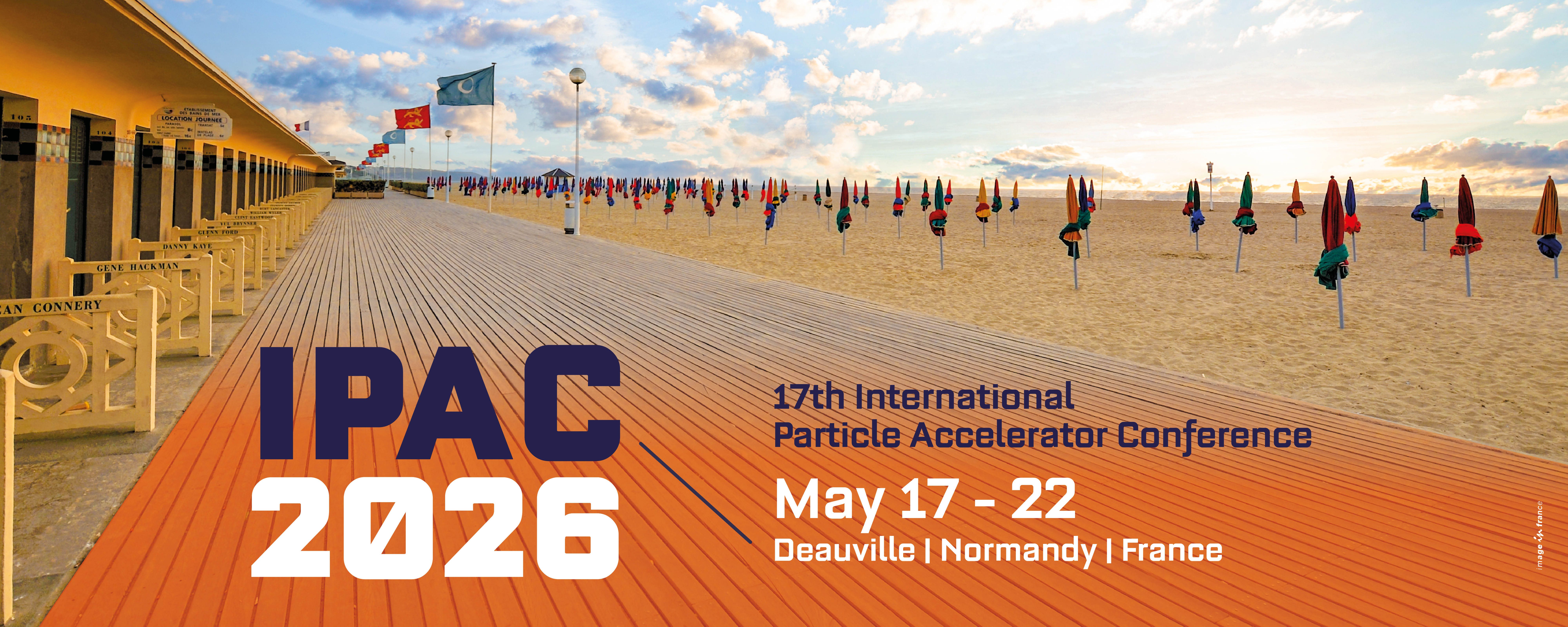Cavity-based X-ray Free Electron Lasers(CBXFELs) promise to transform the field of hard X-ray science by delivering radiation with exceptional brilliance, stability,and full three-dimensional coherence. At the European XFEL, we have recently achieved lasing with multi-pass gain in a proof-of-concept CBXFEL featuring a 132.8m round-trip hard X-ray cavity using diamond crystals in Bragg...
Following the first demonstration of isolated attosecond FEL pulses in 2018 and the Nobel prize in (tabletop) attosecond science in 2023, demand for attosecond x-ray pulses has increased exponentially.
This talk would review recent advances in attosecond pulse generation, including: attosecond lasing at LCLS-II; the first demonstration of attosecond super-radiance; and a measurement of FEL...
ThomX is a compact Compton-based X-ray source demonstrator constructed and operated at IJCLab on the Université Paris-Saclay campus (Orsay, France). The facility comprises a 70 MeV linac, a transfer line, an 18 m storage ring and an extraction line. At the interaction point, laser pulses stored in a high-finesse Fabry-Perot cavity collide with circulating electron bunches, generating X-rays...
The first 4th generation light source in China, HEPS, has been constructed and commissioned. The new light source is expected to produce the emittance of less than 100 pm.rad that can provide hard X-rays with the brilliance higher than 10^22 photons/sec/mm^2/mrad^2/0.1%B.W. In order to stably operate this ultra-low emittance ring, HEPS accommodated the advanced swap-out beam injection scheme,...
The MAX IV 3 GeV storage ring in Lund, Sweden, was the first implementation of a multibend achromat (MBA) lattice fourth-generation light source. Since it started delivery of light in 2016, three succeeding MBA-based rings and variants have come on-line: ESRF-EBS, Sirius and APS-U. Several others are being planned, designed, built or commissioned. All of these capitalize on the MBA concept and...

